Minh Mang Tomb
Touted as the most majestic of all royal tombs, Minh Mang Tomb is a complex of 40 sites.
Location & History
Minh Mang Tomb is located in Huong Tho Commune, Huong Tra District, on the west bank of the Perfume River, approximately 12 km south of the center of Hue City. This scenic area is where two tributaries converge to form the beautiful Perfume River.
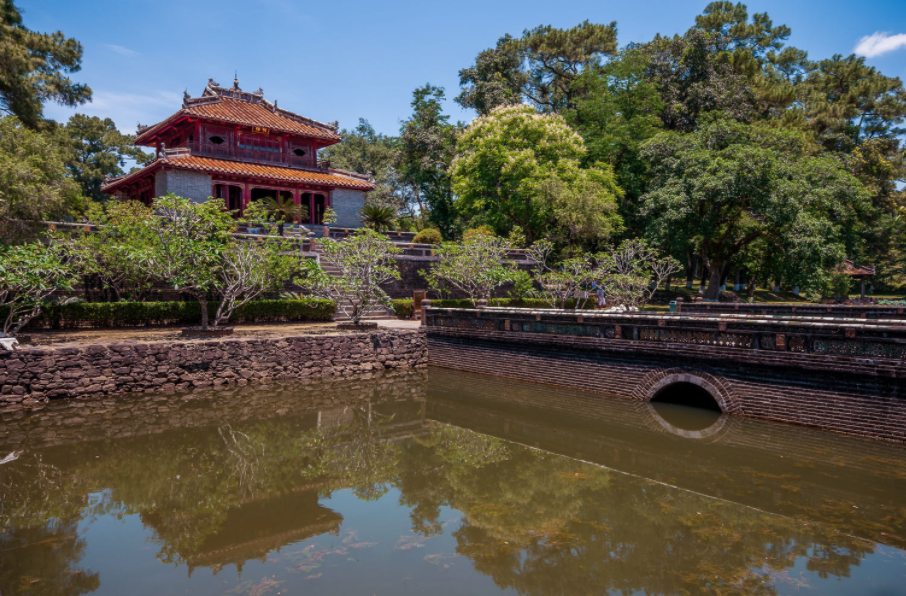 Photo by @luannguyen
Photo by @luannguyen
The tomb was originally constructed in 1840 at the behest of King Minh Mang. After his passing in 1841, King Thieu Tri continued the project following his father’s vision, culminating in completion in 1843.
Architecture
Recognized as the grandest of the royal tombs from the Nguyen Dynasty, Minh Mang Tomb is a complex comprising 40 structures, including palaces, temples, and pavilions. It is celebrated for its harmonious blend of human-made creations and the natural splendor of Hue, making the architecture seamlessly integrated with the surrounding landscape.
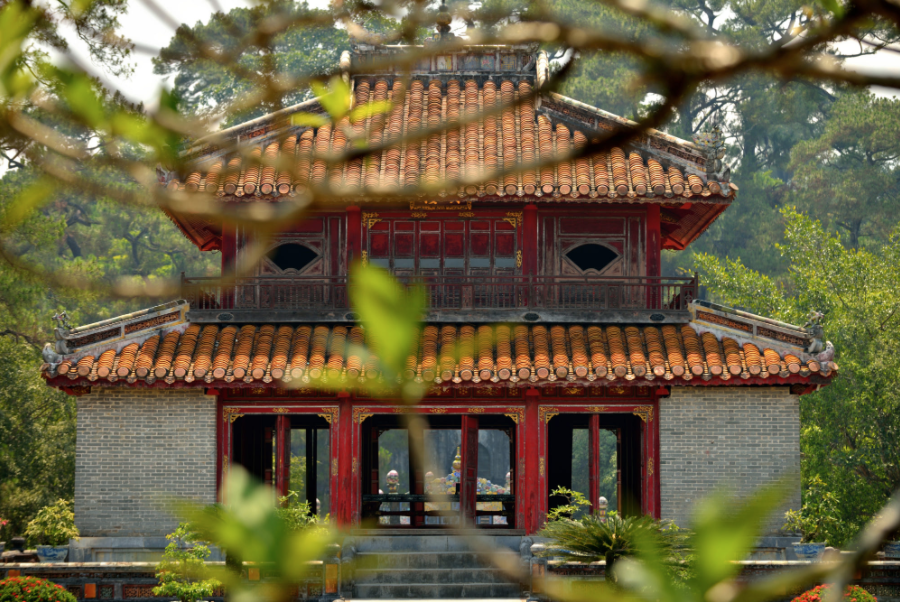 Photo by @brunoFcliffet
Photo by @brunoFcliffet
The layout features a symmetric axis known as Than Dao, extending from the Great Red Gate to the surrounding wall at the rear of the King’s tomb. In addition to the central gate, there are two others: the Left Rad Gate and the Right Red Gate, which lead to the Honour Courtyard characterized by rows of stone statues of mandarins, elephants, and horses. Beyond these three gates, situated on Mount Phung Than, is the square Stele Pavilion, which houses the "Thanh Duc Than Cong" stele inscribed with the King's biography and accomplishments, authored by his son. Sung An Temple, dedicated to the worship of King Minh Mang and his wife, can be accessed through Hien Duc Gate. Three stone bridges lead away from this temple; the marble bridge is designated exclusively for the King. The Hoang Trach Gate provides access to Minh Lau Pavilion, which sits atop three terraces symbolizing heaven, earth, and water. Approaching the tomb area, the crescent-shaped New Moon Lake (Ho Tan Nguyet) encircles the circular wall enclosing the grave (Buu Thanh).
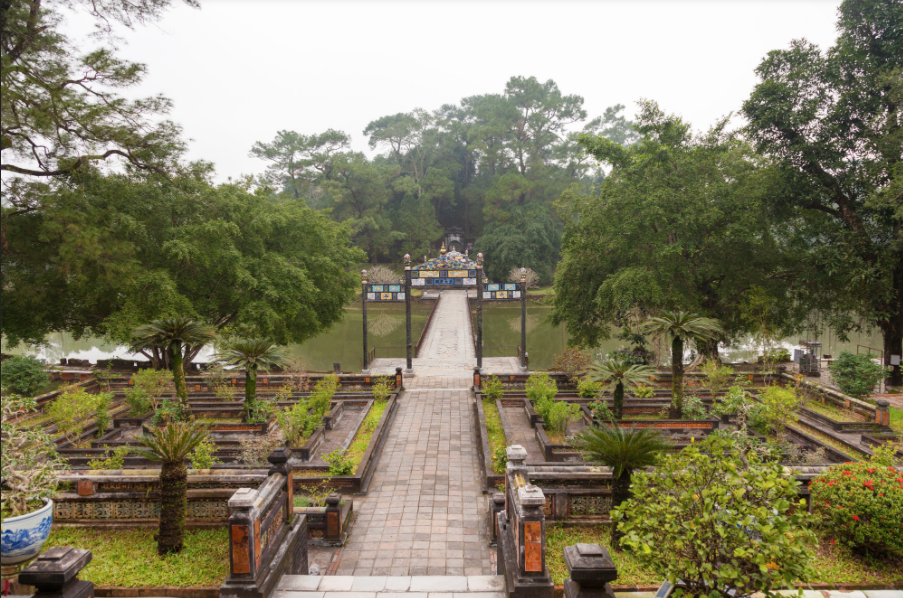 Photo by @romasVysniauskas
Photo by @romasVysniauskas
From a distance, the complex resembles a human figure lying on a hill with an arm extending towards the river. The distance from the front gate to the back door measures nearly 700 meters. Although the surrounding fence is tall, it does not obstruct the picturesque views of the nearby Cam Ke Hill and mountains.
How To Get There
Traveling by car or motorcycle has become more convenient since the completion of Tuan Bridge, making it easy to reach Minh Mang Tomb. Alternatively, visitors can enjoy a scenic boat trip along the Perfume River, which can also include stops at Thien Mu Pagoda and Hon Chen Temple. It is advisable for tourists to negotiate prices with boat operators beforehand, with costs varying based on the number of sites visited and overall distance, typically remaining quite affordable.
Useful Information
- Location: Lăng Minh Mạng, Huế
- Best for: Family, couple, solo
- Entrance: 55,000
- Hours: 7:00 AM - 5:30 PM
- Distance to city center: 8.7km (5.4 mi)
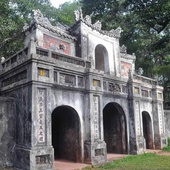
Tu Hieu Pagoda
In Hue - one of Vietnam's most sacred lands of Buddhism, Tu Hieu is regarded as the largest and oldest pagoda, and also a famous sightseeing spot with historical and cultural value.
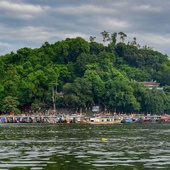
Hon Chen Temple
Hon Chen Temple is situated on a lovely slope of Ngoc Tran Mountain, 10km upstream from Hue Centre. The name “Ngoc Tran'' means Pearl Bowl, originating from the bowl-shape of the mountain. That also gives the temple its name: Hon Chen.
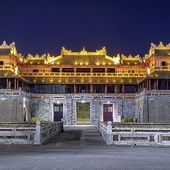
Hue Imperial Citadel
Famously being one of Vietnam’s seven UNESCO World Heritage Sites, the Imperial City of Hue has long been a must-see attraction for tourists visiting a hidden charm of Vietnam.








